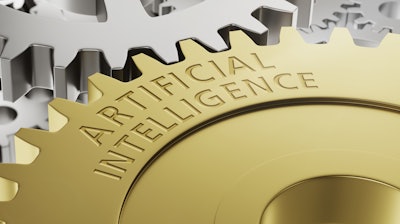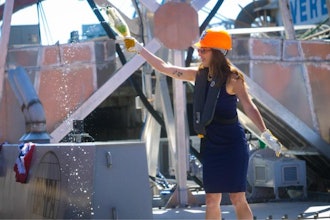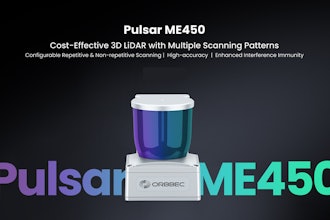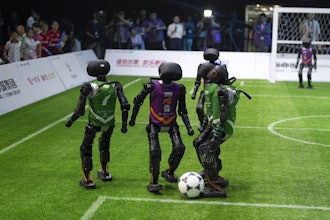
As the last line of defense against errors, visual inspection must be a top priority for manufacturers. When a defect goes unnoticed by a company and is detected only after a product is shipped, plants can bleed millions of dollars due to recalls. They also risk alienating current and prospective customers.
Fortunately, today’s inspection process is much better than it was a few decades ago. Companies have slowly digitized plants by introducing tech-driven control systems and advanced process controls. But while technology has improved accuracy and increased efficiency by enabling manufacturers to set rules and conditions to speed up the visual inspection process, most companies aren’t using the most advanced AI-powered inspection solutions on the market, limiting potential gains in analytics and decision support.
Even innovation-minded companies that implement pilot projects in AI vision inspection have trouble growing tools at scale and across products or facilities. A research report by Capgemini found that scaling AI-powered implementations beyond proofs-of-concept (PoC) remains one of the biggest challenges for manufacturers. Manufacturing entails more moving parts than most industries, and basic solutions fail to provide the flexibility needed to manage complexity.
Beyond Rules-Based Visual Inspection
Many companies have adopted machine vision to automate visual inspection, but this approach has many caveats. While machine vision works well on objects with minimal variations, it struggles in situations that have variability or high complexity because traditional machine-vision solutions such as Automated Optical Inspection (AOI) are based on hard-coded rules or a golden image, which is comparing product images with a standard image without defect.
As a result, it is not uncommon to see a rule-based system periodically classify a good part as defective (false positive or overkill) or vice versa. The rate could be as high as 40 percent for manufacturers, which requires manual re-inspection. To move beyond preliminary applications of automated visual inspection that rely on humans to set rules, manufacturers can utilize AI-powered systems that learn from human-labeled data, acknowledge and adapt to changes to the environment, and encourage integration with additional tools.
Before building and deploying a scalable AI-powered visual defect detection model, you must ensure your models have been trained with sufficient data and resources. Readying your model for deploying and scaling beyond pilot phases may be the most difficult — and most important — piece to fit into your puzzle, but new technology can help overcome this roadblock.
Prepping Your Data
A platform-based approach to AI-powered visual inspection enables manufacturers to implement a solution that learns independently and redefines rules without a coder’s support. It also means that you make mistakes during the experimental phase of innovation instead of during rollout, ensuring AI doesn’t become an excessive cost for you or your business. When considering how AI will improve your next decade of visual inspection, make sure your AI team finds a solution that overcomes these hurdles:
- The small data dilemma. Because manufacturers actively avoid defects, gathering enough data to train models isn’t feasible. To address this problem, an AI model must use synthetic data generated by tools like GANs for training. The raw data, augmented by synthetic data, can then be used to effectively train a machine learning model.
- Defect ambiguity. Different inspectors may set subjective internal standards about what qualifies as a “good” or “bad” part. Depending on time of day, lighting, skill of the inspector and a range of other factors, this subjectivity may cause critical mismatches between inspectors as they identify defects. Inconsistent data confuses AI, so manufacturers must first standardize what qualifies as a defect.
- Changing environments and requirements. Manufacturers operate in an ever-changing environment in which product requirements regularly evolve and physical environments shift, impacting the performance of an AI system. Suppose you have an AI system to detect scratches on a smartphone and something in the environment changes — like lighting shifts due to seasonal changes, a stained camera lens causing blurry images, or a newly created scratch appearance. To prevent AI systems from failing, manufacturers must use tools that learn from and respond to variability.
The power of machine learning lies in its ability to learn from itself, enabling it to respond to changing environments and variables. Continuous learning helps you leverage AI to scale easily, improve accuracy over time and reduce the amount of time it takes to retrain a model in the event of change. Over time, models receive more data and continue learning and improving their accuracy. From here, AI systems can be transported across plants to learn from changing environments and scale effectively.
After providing your model with robust, diverse data, scaling AI efforts become possible. Of course, AI isn’t always the best solution — some tasks, like gauging and precision in measuring the diameter of a part, are easily handled by traditional machine vision. But for more advanced applications, machine learning helps companies build faster, better and cheaper.
Achal Prabhakar is Landing AI's vice president of engineering.




















